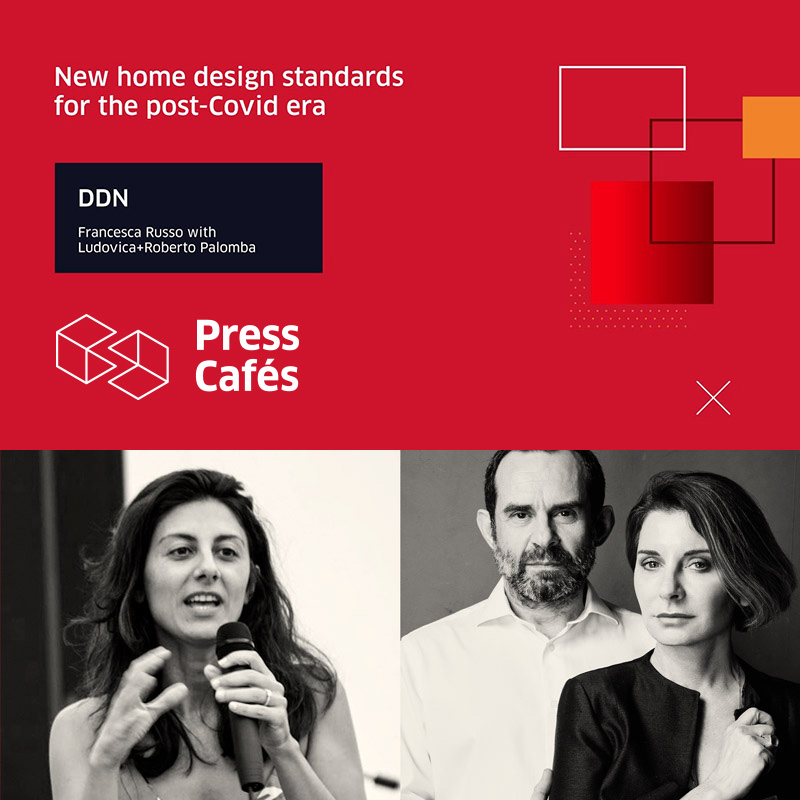Projects


New home design standards for the post-Covid era
 Cersaie Press Café
Cersaie Press Café
Francesca Russo (DDN) talks to Ludovica+Roberto Palomba (December 3, 2020)
The lockdown has opened our eyes to the changes that are taking place in society.
In the past, we architects used to look at housing standards in terms of a societal model, but at a certain point we realised that our reference model, that of the family unit, was outdated.
Society has changed enormously. The lockdown has forced societies all over the world to take a close look at themselves and acknowledge the fact that today it is no longer the traditional family but individual people that determine the basic housing module. Moreover, families now come in many different forms: single people, groups of friends living together, cohabitation, etc.
This has made us think about the housing sector in a new way.
At a time when we as architects are reconsidering people’s wellbeing, we also have to think about the kind of flexibility needed in today’s homes.
Home working is now widely established, changing the way we live our daily lives. Walking around Milan recently, we observed an enormous number of empty offices, which perhaps one day we will have the opportunity to convert from working spaces into homes, just as we did with old industrial buildings in urban areas.
In this context, the bathroom and kitchen will become the main focus of design projects so it will be interesting to carry out a new and thorough analysis of these rooms, particularly given the importance of utilities in determining their spatial layout.
The kitchen, for example, is becoming less important as the traditional family meeting place and instead evolving towards concepts such as a “scattered kitchen”, while the bathroom has gradually become a place devoted to personal well-being.
People have come to realise that their homes are no longer places where they merely arrive, sleep and leave, but places that are truly lived in.
May 2021



